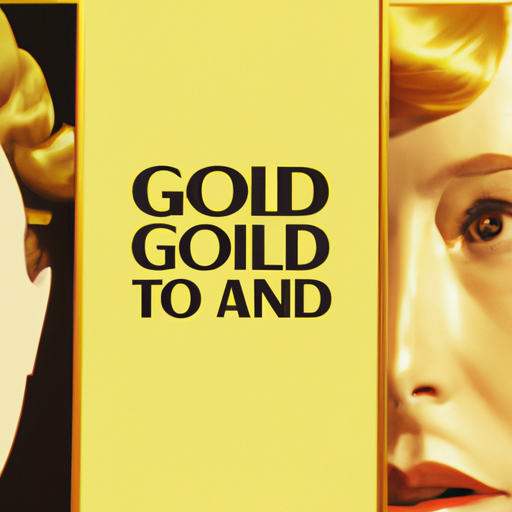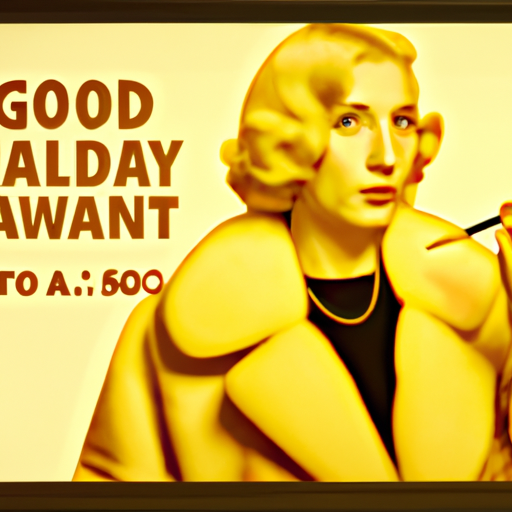
-
Table of Contents
The Golden Age of Poster Design in the 20th Century

Posters have been an integral part of visual communication for centuries, but it was in the 20th century that they truly flourished. This period, often referred to as the Golden Age of Poster Design, saw a remarkable evolution in the art form, with designers pushing boundaries and creating iconic works that continue to inspire and captivate us today. In this article, we will explore the key characteristics, influential designers, and lasting impact of this golden era.
The Rise of Poster Design
Before delving into the Golden Age, it is important to understand the context in which poster design emerged as a powerful medium. The late 19th century witnessed significant advancements in printing technology, particularly the development of lithography. This technique allowed for the mass production of colorful and visually striking posters, making them accessible to a wider audience.
Posters quickly became a popular means of advertising, promoting everything from consumer products to entertainment events. They were plastered on walls, displayed in shop windows, and distributed in public spaces, effectively capturing the attention of passersby. The combination of eye-catching visuals, concise messaging, and strategic placement made posters an effective tool for communication.
The Characteristics of the Golden Age
The Golden Age of Poster Design, spanning roughly from the late 1890s to the 1940s, was characterized by several key elements that set it apart from earlier periods:
- Simplicity: Designers embraced minimalism, using clean lines, bold colors, and simple typography to convey their message. This departure from the ornate styles of the past allowed for greater legibility and visual impact.
- Visual storytelling: Posters of this era often told a story or conveyed a narrative through their imagery. They aimed to evoke emotions and create a connection with the viewer, going beyond mere advertising.
- Artistic experimentation: Designers of the Golden Age pushed the boundaries of traditional graphic design, incorporating elements from various art movements such as Art Nouveau, Cubism, and Constructivism. This fusion of styles resulted in visually stunning and innovative compositions.
- Use of photography: The advent of photography had a profound impact on poster design. Photographs were integrated into posters, adding a new level of realism and capturing the essence of the subject matter.
Influential Designers of the Golden Age
The Golden Age of Poster Design was marked by the contributions of several influential designers who left an indelible mark on the field. Let’s explore the work of some of these visionaries:
1. Jules Chéret
Jules Chéret, often referred to as the “father of the modern poster,” was a French painter and lithographer who played a pivotal role in the development of poster design. His vibrant and colorful posters, featuring graceful figures and bold typography, revolutionized the medium and set the stage for future designers.
2. Alphonse Mucha
Alphonse Mucha, a Czech artist, is best known for his distinctive Art Nouveau style. His posters, characterized by intricate floral motifs, flowing lines, and ethereal female figures, captured the essence of the Belle Époque. Mucha’s work epitomized the elegance and romanticism of the era.
3. A.M. Cassandre
A.M. Cassandre, a French painter and graphic designer, brought a modernist approach to poster design. His bold use of geometric shapes, innovative typography, and strong visual impact made his work instantly recognizable. Cassandre’s posters for companies like Dubonnet and Normandie exemplify the spirit of the Golden Age.
4. Lester Beall
Lester Beall, an American graphic designer, made significant contributions to the field during the 1930s and 1940s. His posters, characterized by bold typography, strong visual contrasts, and a sense of social responsibility, reflected the changing times and the influence of modernism.
The Lasting Impact
The Golden Age of Poster Design left an indelible mark on the field, shaping the way we perceive and interact with visual communication. Its influence can be seen in various aspects of contemporary design:
- Advertising: The principles and techniques developed during this era continue to inform advertising campaigns today. The emphasis on simplicity, visual storytelling, and artistic experimentation remains relevant in creating impactful and memorable advertisements.
- Graphic design: The Golden Age paved the way for the modern graphic design industry. Designers today draw inspiration from the works of their predecessors, incorporating elements of the Golden Age into their own creations.
- Art and culture: The posters of the Golden Age are not just advertisements; they are works of art that reflect the social, cultural, and political climate of their time. They continue to be celebrated and exhibited in museums and galleries around the world.
Summary
The Golden Age of Poster Design in the 20th century was a period of remarkable creativity and innovation. Designers embraced simplicity, visual storytelling, and artistic experimentation, creating iconic works that continue to inspire us today. Influential designers like Jules Chéret, Alphonse Mucha, A.M. Cassandre, and Lester Beall left a lasting impact on the field, shaping the way we approach visual communication. The principles and techniques developed during this era continue to influence advertising, graphic design, and art and culture. The Golden Age of Poster Design remains a testament to the power of visual communication and the enduring legacy of these visionary designers.
